

Adaptive & Aesthetic: Ergonomics and Accessibility in Jewelry Design
Summary
Designing ergonomic and accessible jewelry is not just about aesthetics; it’s about comfort, ease of use, and inclusivity. By incorporating features like lightweight materials, easy-to-use clasps, adjustable sizing, and hypoallergenic options, designers can create pieces that everyone can enjoy. These thoughtful touches also boost customer loyalty, broaden your market, and show your commitment to inclusive design. Whether you’re designing for clients with physical limitations or looking to make jewelry for a broader audience, small adjustments make a big impact.
Reflection Questions
- How might incorporating accessibility features into my jewelry designs help me reach new customers or make my work more inclusive?
- What small adjustments can I make in my current jewelry designs to ensure they are more comfortable for individuals with physical limitations?
- How can I test my designs on a diverse group of people to gather valuable feedback on accessibility and wearability?
Journal Prompt
Reflect on a time when you faced a design challenge that pushed you to be more thoughtful about the needs of your customers. How did you approach the problem, and what did you learn from the process? Write about how you might incorporate these lessons into making your designs more ergonomic and accessible in the future.
Whether you’re a jewelry designer or someone looking for that perfect piece for yourself or a loved one, there’s more to jewelry than just beauty—comfort and accessibility matter, too. For anyone with physical limitations, like arthritis or mobility challenges, well-designed, ergonomic jewelry can make a world of difference. By focusing on how pieces feel, fit, and function, you not only create jewelry that’s easier to wear but also more meaningful. Plus, accessible designs have the added bonus of reaching new customers and boosting your business! Let’s explore how ergonomics and accessibility can elevate your jewelry as a designer. (We’ve got some easy, actionable tips to help you get started, too!)
Why Ergonomics Matters in Jewelry Design


When it comes to jewelry, ergonomics is all about how a piece feels when worn. It’s not just about looking good; it’s about comfort, ease of use, and functionality. Imagine a necklace that sits perfectly on your collarbone without tugging or earrings that don’t weigh your ears down after a few hours. By designing with ergonomics in mind, you create pieces that people will actually enjoy wearing for long periods, ensuring that they’re not just admired but loved.
Connection to Creativity & Financial Success
Here’s the beauty of focusing on ergonomics: it’s not only a creative challenge but also a smart business move. When your jewelry is comfortable and functional, customers are more likely to return, recommend your work, and even make repeat purchases. Happy clients who wear your designs comfortably day in and day out are essentially walking advertisements for your brand. Plus, accessible and ergonomic pieces tap into a wider market, which means more opportunities for growth and financial success.
Key Ergonomic Principles in Jewelry Design
Balance & Weight


One of the most important factors in ergonomic jewelry design is making sure pieces are lightweight and well-balanced. No one wants earrings that tug at their earlobes or bracelets that feel like they’re weighing down their wrist.
The key is finding that sweet spot where the piece feels like a natural extension of the wearer, rather than something they need to endure. Balancing the weight of a design makes it comfortable for everyday wear, especially for people who may have mobility issues or arthritis. Lighter, well-balanced designs help ensure that your pieces will be worn and cherished for years to come.
Secure but Flexible Closures
We’ve all struggled with difficult clasps, and for those with limited hand mobility, it’s even more frustrating. That’s why it’s essential to design jewelry with secure yet easy-to-use closures. Think magnetic clasps, easy-snap closures, or even adjustable bands that eliminate the need for fiddly fastenings.
The goal is to offer flexibility—pieces should stay in place without being a hassle to put on or take off. Not only does this make your designs more accessible, but it also means your customers will have a seamless experience with your jewelry, keeping them coming back for more.
Material Choices


Choosing the right materials is crucial for both comfort and accessibility. Skin-friendly and hypoallergenic materials like titanium, surgical-grade stainless steel, or even certain plastics can prevent irritation and ensure that your jewelry is suitable for people with sensitive skin or allergies.
Using these materials also gives your brand a reputation for thoughtfulness and inclusivity. Plus, hypoallergenic options can be a real selling point for clients who want to gift jewelry to elderly family members or friends with specific needs. Always keep comfort in mind—after all, your designs should feel as good as they look.
Are You a Designer? Here’s an Actionable Tip
The best way to know if a piece is ergonomic? Wear it! Test your designs yourself or ask friends and family to try them out. Pay attention to how they feel after wearing them for a few hours. Are the clasps easy to fasten? Do earrings feel heavy after a while? Collect honest feedback and make tweaks where necessary. Small adjustments can make a big difference!
The Growing Importance of Accessibility in Jewelry Design


Accessibility in jewelry design means creating pieces that are easy to use and wear for everyone, no matter their physical differences. This could mean designing with people who have arthritis, limited mobility, or visual impairments in mind. The goal is to ensure that jewelry can be worn effortlessly without causing frustration or discomfort. Accessibility goes beyond just beauty—it’s about making sure everyone, regardless of ability, can enjoy your pieces. Whether it’s a necklace with a magnetic clasp or earrings that are lightweight, accessible jewelry makes people feel included and valued.
Inclusivity in Design


When you focus on accessibility, you’re not just improving your designs—you’re opening your brand to a much wider audience. Inclusive jewelry design means thinking about the diverse needs of your customers and offering solutions that make wearing jewelry easier for everyone.
By incorporating features like adjustable sizing or easy-to-use closures, you create pieces that appeal to a broader range of people. This inclusive approach not only strengthens your brand but also connects you with clients who appreciate the extra thoughtfulness in your designs. Plus, when people feel considered, they’re more likely to return and recommend your work.
Fuel your creative fire & be a part of a supportive community that values how you love to live.
subscribe to our newsletter
*please check your Spam folder for the latest DesignDash Magazine issue immediately after subscription


Ways to Make Jewelry More Accessible
1. Easy-to-Use Clasps
For people with limited dexterity, arthritis, or motor issues, traditional jewelry clasps can be a challenge. This is where magnetic clasps shine—they snap together easily without the need for small, precise movements. Another great option is lobster claw clasps with larger levers, which make them easier to maneuver than the standard versions. If you want a foolproof solution, toggle clasps are a breeze to use since they don’t require much precision. And for ultimate ease, elastic or stretch bracelets eliminate clasps altogether, making them a perfect choice for anyone who finds clasps tricky.
2. Adjustable Sizing
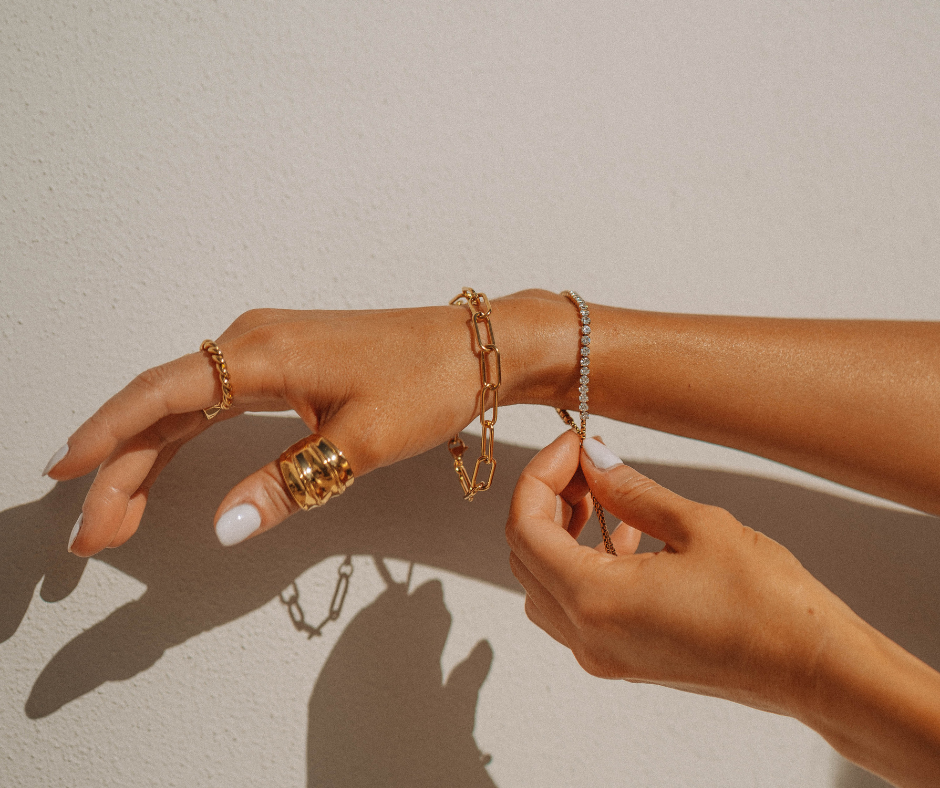

Jewelry that adjusts to fit different body types or accommodates fluctuating sizes is a simple yet impactful way to make your designs more inclusive. Expandable rings, for example, are perfect for people with arthritis or anyone whose finger size changes due to temperature or medical conditions. Offering bracelet extenders or adjustable lengths on bracelets ensures they fit comfortably for all wrist sizes. Similarly, providing adjustable necklace lengths gives wearers the flexibility to style their jewelry in ways that suit both their body and outfit.
3. Lightweight Materials
The weight of a piece can make or break its comfort, especially for earrings or large statement pieces. Heavy jewelry can strain the wearer, making it uncomfortable for long-term use. By opting for lightweight materials like resin, titanium, or hollow metals, you can create pieces that are not only stylish but also comfortable enough to wear all day. This consideration is especially important for individuals with neck or back issues, or for those who simply prefer lightweight accessories.
4. Hypoallergenic Materials


Many people have metal sensitivities, particularly to nickel, which is commonly used in jewelry. To ensure your pieces are comfortable for everyone, use nickel-free metals such as surgical steel, sterling silver, or titanium. For those with more severe skin sensitivities, incorporating medical-grade silicone into jewelry backs or spacers can make wearing jewelry much more comfortable. Hypoallergenic materials not only make your designs more accessible but also give your clients peace of mind.
5. Sensory-Friendly Jewelry
For individuals with sensory sensitivities, the feel of jewelry is just as important as its look. Non-tactile designs that avoid sharp edges or rough textures are ideal for people who might find certain materials irritating. Additionally, fidget-friendly jewelry is a great option for those with ADHD or anxiety. Rings that spin or bracelets with moveable parts can provide a calming, tactile experience that combines style with function, offering comfort beyond appearance.
6. Custom Engravings for Visual Impairment
Personalizing jewelry with custom engravings can make it more meaningful, but taking it a step further by offering Braille engravings can make a huge impact for individuals with visual impairments. By providing the option to engrave names, dates, or messages in Braille, you make your designs accessible to a wider audience and create pieces that are both functional and deeply personal.
7. Clip-On and Magnetic Earrings

Not everyone has pierced ears, whether due to personal, religious, or medical reasons. That’s where clip-on and magnetic earrings come in. By offering stylish and comfortable clip-on or magnetic earring options, you make your designs available to a broader group of people who still want to enjoy beautiful earrings without the commitment of piercing. Plus, modern clip-ons are designed for comfort, eliminating the pinching of older styles.
8. Silicone or Non-Metal Jewelry
Silicone rings and bracelets are perfect for people who work in environments where metal jewelry is not allowed—such as healthcare workers—or for those with metal allergies. These pieces are durable, hypoallergenic, and comfortable to wear, making them an excellent choice for everyday use. Non-metal options also cater to people who prefer more flexible, lightweight jewelry, providing comfort and versatility.
9. Reversible or Multifunctional Designs
Versatility is key when it comes to creating jewelry that serves multiple purposes. Reversible pieces can be worn in different ways, offering more value and allowing the wearer to switch up their look without buying multiple items. This is especially appealing for customers who prefer minimal collections but still want variety. Multifunctional designs can also cater to those who appreciate practical, flexible accessories.
10. Extra Long Chains or Extenders
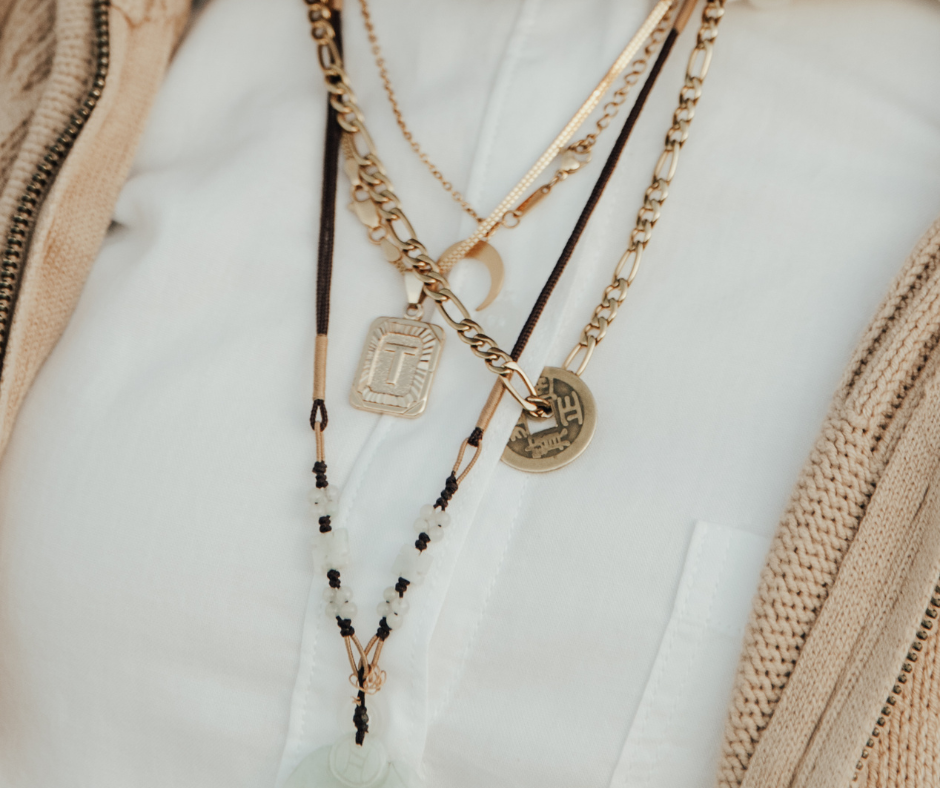

Offering longer chains or extenders is an easy way to make necklaces more accessible, especially for plus-size customers or those who prefer their jewelry to sit lower on the chest. By providing extra long options, you ensure a comfortable fit for all body types. Extenders also allow for greater versatility, letting wearers adjust the length of their necklaces depending on the occasion or outfit.
11. Wide and Flat Ring Shanks
For people with arthritis or joint issues, the comfort of a ring depends largely on how it fits and feels on the finger. Rings with wide, flat shanks distribute pressure more evenly, reducing discomfort and making the ring easier to wear for longer periods. This simple design tweak can make a significant difference in comfort, especially for those who struggle with traditional ring shapes.
Are You a Designer? Here’s an Actionable Tip
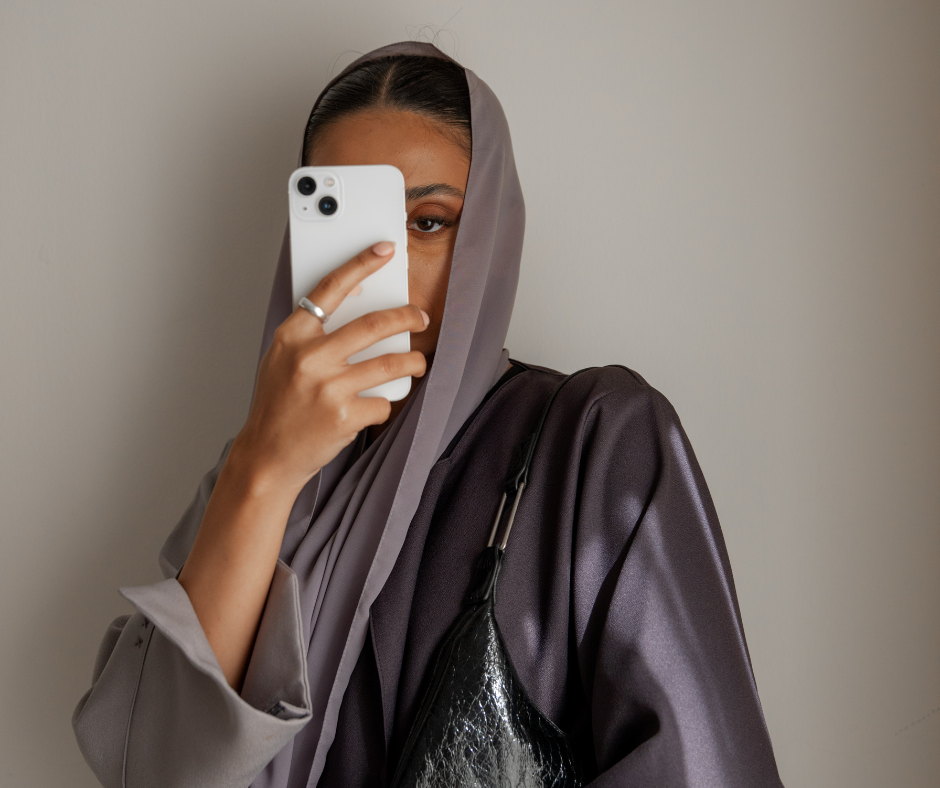

Making jewelry more accessible doesn’t have to be complicated. Simple adjustments can make a huge difference! For example, consider using larger clasps that are easier to grip or adding adjustable sizing options for bracelets and necklaces to fit different wrist or neck sizes comfortably.
You can even offer magnetic closures, which are especially helpful for those with limited hand mobility. These small changes make your pieces more inclusive and enjoyable for all wearers, while also showcasing your attention to detail.
Final Thoughts: Making Your Jewelry More Accessible for All Buyers
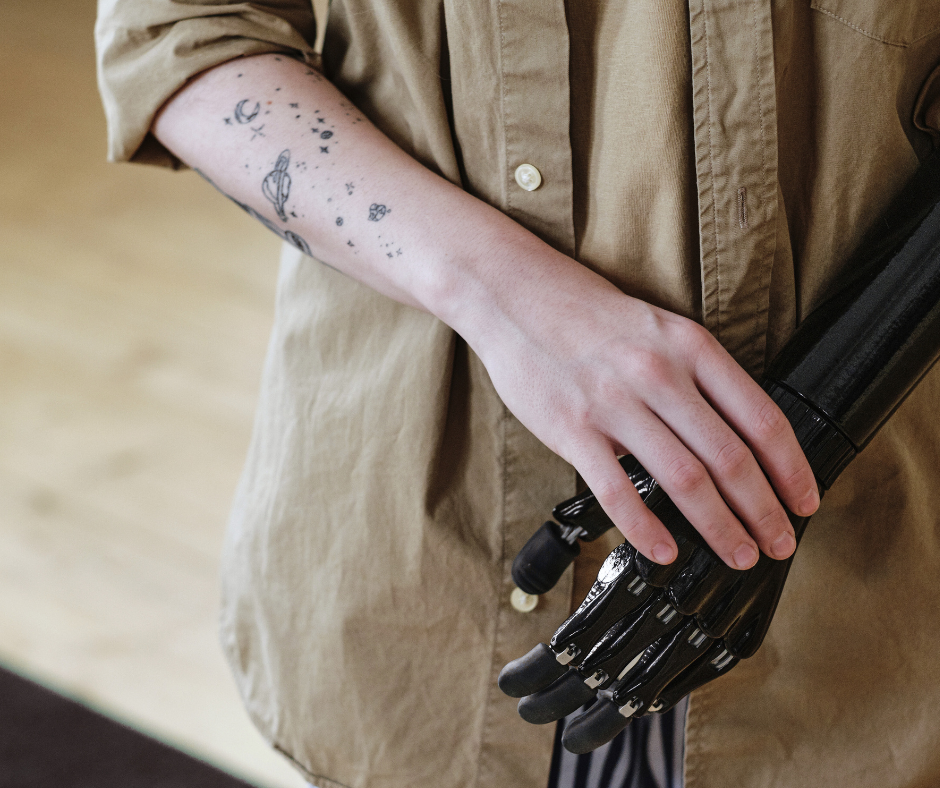

Thoughtful, accessible designs show your customers that you care about their experience, and that kind of attention to detail builds loyalty. When clients feel that your pieces are not only beautiful but also easy to wear and functional, they’re more likely to come back for more—and they’ll tell others about their great experience.
Inclusive design fosters a deeper connection with your audience, making them feel seen and valued, which translates into strong client retention and positive word-of-mouth referrals. With that said, we’ll leave you with a few final suggestions.
Make Subtle Changes to Your Existing Designs
Making small yet thoughtful design adjustments can make a world of difference in creating jewelry that’s both ergonomic and accessible. Consider using magnetic clasps for easy fastening or designing rings with adjustable bands to accommodate changing finger sizes. These subtle tweaks not only improve the functionality of your pieces but also show that you’re thinking about the diverse needs of your customers. Whether it’s adding extra length to necklaces or opting for lightweight materials, these adjustments ensure that your jewelry feels as good as it looks.
Test & Adjust
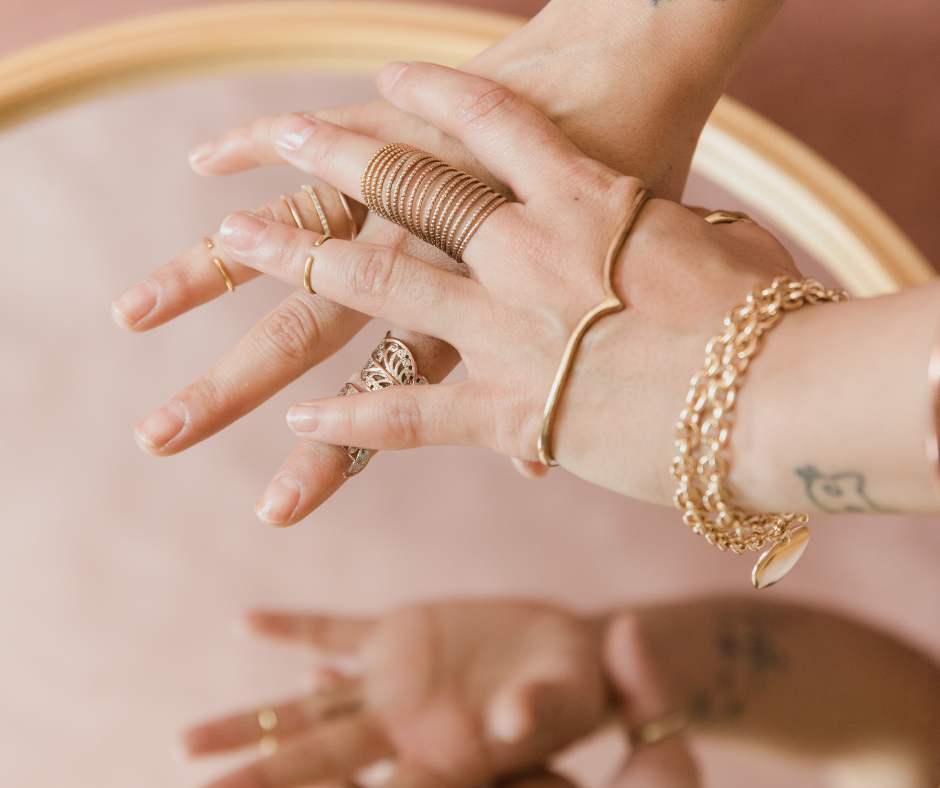

One of the best ways to ensure your designs are truly accessible is to test them on a variety of people. Gather feedback from individuals with different needs—whether it’s someone with arthritis, limited mobility, or even a plus-size friend. This firsthand input is invaluable for identifying what works and what doesn’t. You might discover that a certain clasp is too fiddly or a bracelet needs more flexibility. The more you test, the better you’ll be able to create pieces that work for everyone.
Keep Yourself Accountable
Create a “wearability checklist” for every piece of jewelry you design. Include things like comfort, ease of use, and flexibility in sizing. Ask yourself: Is the piece easy to put on and take off? Does it sit comfortably on the body? Is it lightweight enough for all-day wear? This checklist will help you stay consistent and ensure that every piece meets the standards for accessibility and ergonomic design.








